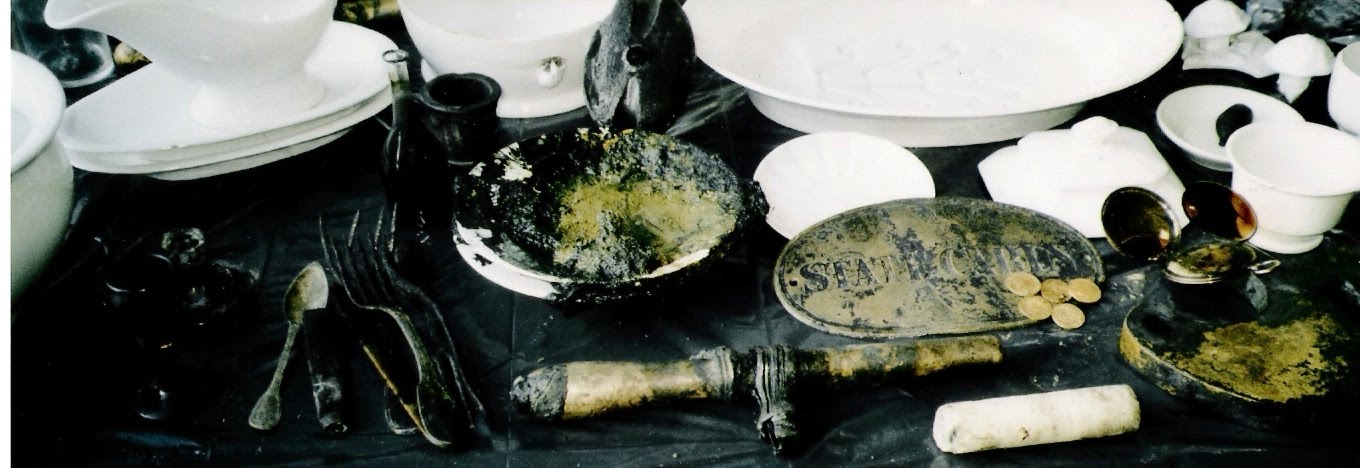After spending most of last week knee-deep in seaweed, Jeff Howorth wants BP to come back to the beach and clean up their mess.
“Nobody is out here doing anything,” he said. “Having the BP cleanup crews here during the summer was just a show for the tourists — now that they are almost gone; BP has cleared out and they probably won’t be coming back.”Howorth, who plucked up a hand-sized tar ball while walking the beach recently, invited The Log up to his 10th floor Gulf front condo on Scenic Highway 98 to share his concerns about the oil, dispersants and the “unusual” amount of seaweed that has filled area beaches.The part-time Destin resident has been coming to the Emerald Coast since 1998 and has never seen this much seaweed before. While walking the beach and talking to The Log, Howorth stepped into the thick seaweed that spread close to 50-yards across the beach and 10-yards into the water.As he stepped further out toward the water, the bright green seaweed worked its way up his leg until he was knee-deep in the slime.Shuffling his feet in the sand as he walked, Howorth said “there are tar balls all over the beach.” Picking one up, he said the “dispersants that were sprayed” caused the normally pliable soft tar to dry up and become almost chalk-like as he crushed it between his fingers.“They are killing everything out there,” he added.While Howorth blames the oil spill for what is happening on area beaches, Jane Caffrey, associate professor at The University of West Florida’s Center for environmental diagnostics and bioremediation, begs to differ.Caffrey, who has a master’s degree in marine science and a Ph. D in marine environmental and estuarine studies, has spent the past 30 years studying the effects of nitrogen in the environment and estuaries.While there are different types of June grass, Caffrey said the type we are seeing now belongs to the genus cladophora and is algae that tends to thrive on very high light levels and high nutrient levels.“It has been pretty remarkable,” she said. “This is definitely the thickest I have seen it.”When asked for her opinion on whether or not the oil spill played a role in the increased amounts of seaweed washing ashore, Caffrey said “it’s hard to say.”She said there are a lot of places around the country that have similar algae blooms to what we are experiencing here, and they are caused when there is too much nitrogen in the water. Adding nutrients to the water causes the algae to grow.The increased nitrogen levels can be attributed to “human sources” along the coastline such as development and construction, which can increase the amount of runoff into the water.While she said there have not been many studies done on the spill, Caffrey said she believes the cause is a “higher nutrient level” than normal. “But without studies, it’s hard to tell,” she said.
Posted via email from
.jpg)
No comments:
Post a Comment